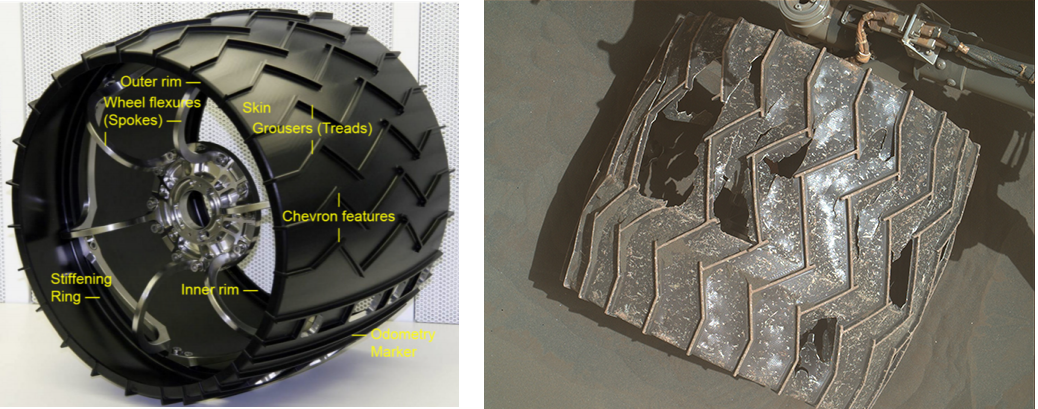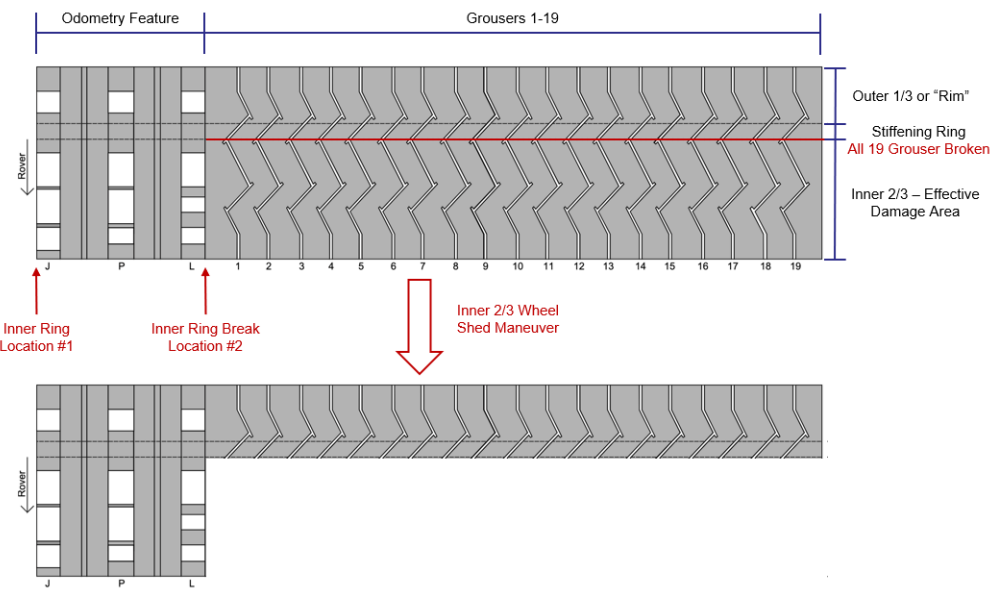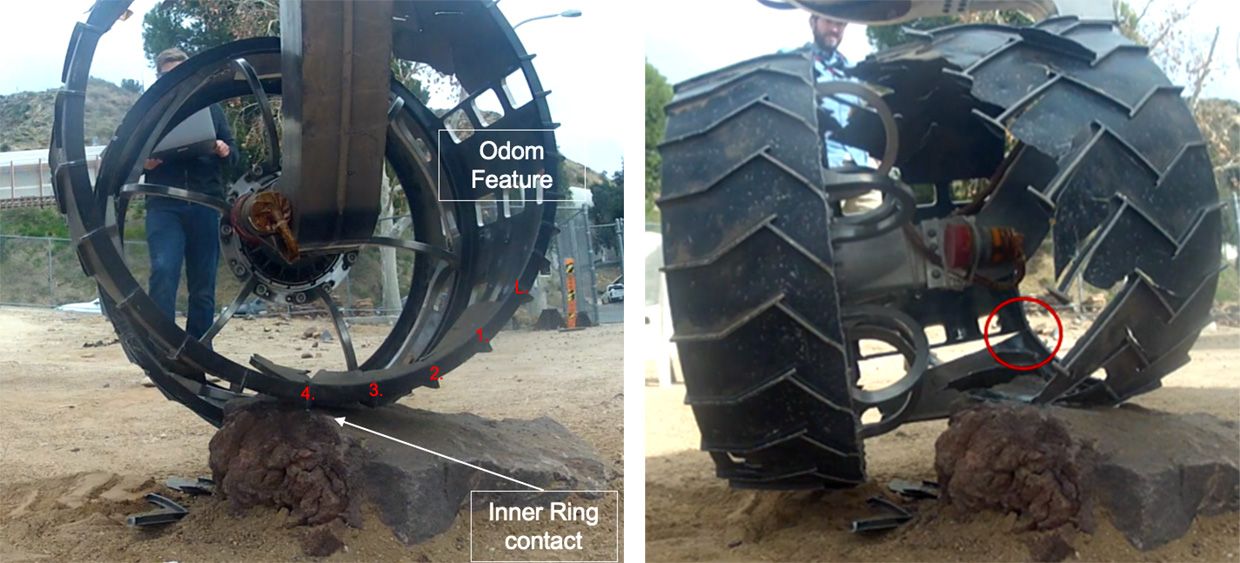
According to a report by the World Wildlife Fund for Nature (WWF), the planet's wildlife population has plummeted by 68% since 1970, with threats including things like poaching and loss of habitat. But around the world, animal conservation has now evolved so it's not just rangers and anti-poaching groups monitoring the wildlife of our world. So just how is technology helping to modernise animal conservation? The most recent eye-catching example of technological innovation can be found in the Balule Nature Reserve in South Africa, part of the huge Kruger National Park. Camera phones mounted in protective cases streamed images of animals to people worldwide. Thousands, sat comfortably at home, became virtual rangers with this anti-poaching pilot project, Wildlife Watch, by Balule, Samsung and Africam.
Viewers were able to report suspicious activity - things like seeing fence lines cut or hearing gunshots - and alert rangers to the possibility of poachers and trapped animals needing rescue. For Leitah Mkhabela, a member of the park's all-female anti-poaching unit known as The Black Mambas, creative use of technology can make a big difference. "The live-stream is a great tool that helps us monitor even more areas in real time. The public helps us with watching and listening for anything suspicious," the 28-year-old tells Radio 1 Newsbeat. It's not just about animals on land. Big satellite, data-driven projects monitor deforestation and illegal fishing, with drones and underwater microphones being used to try and understand the behaviour of endangered whales.
Credits:
https://www.bbc.com/news/newsbeat-57234398

:format(webp)/cdn.vox-cdn.com/uploads/chorus_image/image/69306562/f150_lightning.6.png)






